How to become a better fat burner
When you eat is just as important as what you eat.
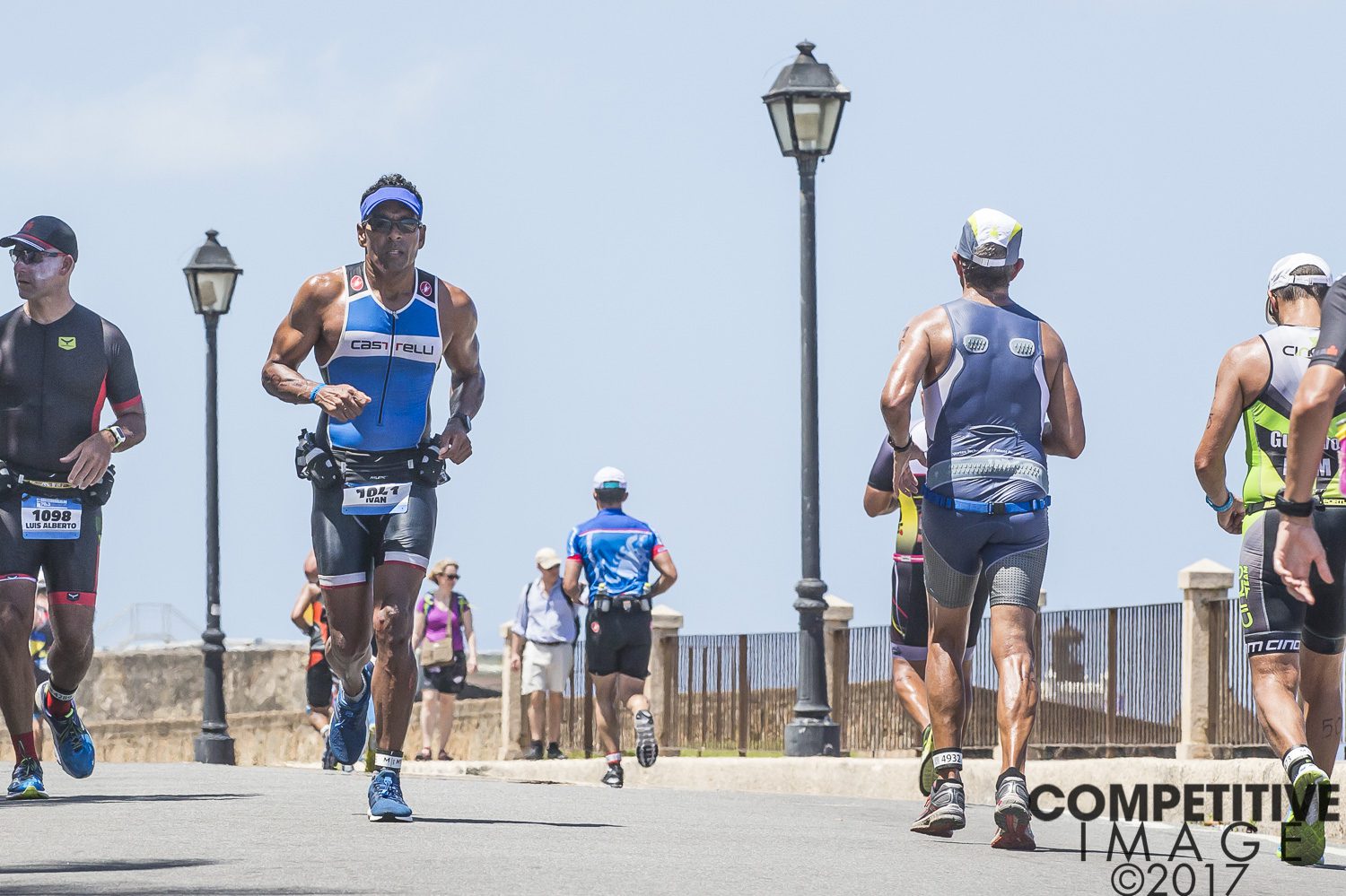
When we sleep, walk, jog or sprint, we’re expending energy. In the endurance world, carb-loading is a popular practice among many athletes. But in recent years, the low carb-high fat (LCHF) and ketogenic diets have become more and more popular.
LCHF versus Ketogenic
Although both diets are high in fat and low in carbs, there are some important distinctions.
- A strict ketogenic diet reduces carbohydrate intake to 20-50 grams.
- A ketogenic diet can be associated with health risks and should therefore not be considered lightly. A state of ketosis is a survival state during which your body produces ketones bodies, an energy source produced by the liver from fat. It takes a few days to reach a state of ketosis and eating too much protein can interfere with ketosis.
- The ketogenic diet has been used medically as a way to treat seizures, but it has been popularized recently as a way for weight loss.
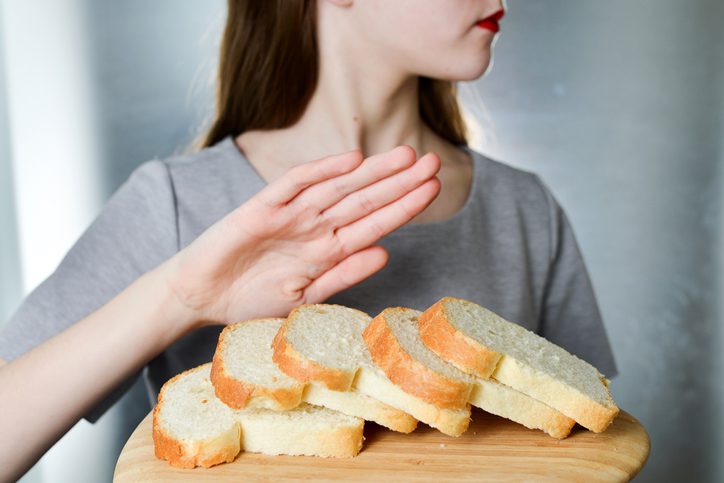
Related: Is the keto diet for you?
On the other hand, an LCHF diet is less strict. The South Beach, Paleo and Atkins diet can be considered as LCHF diets. Contrary to the ketogenic diet, there is no strict count on carbohydrates consumed, but the quantity of carbohydrates is low. This type of diet is mostly used as a way to lose weight.
Another reason that people follow an LCHF diet is to improve their performance in endurance events. Fat is an ‘almost’ unlimited supply of energy. Therefore, being able to use fat efficiently as a source of energy can be beneficial. For example, a lean athlete of 70 kg and 10 % body fat has about 68, 240 calories of energy stored as fat. On the other hand, the maximum amount of carbohydrates that can be stored in the body as glycogen is 3,000 calories. 80 % of it is stored in skeletal muscles and around 10-15 % in the liver.
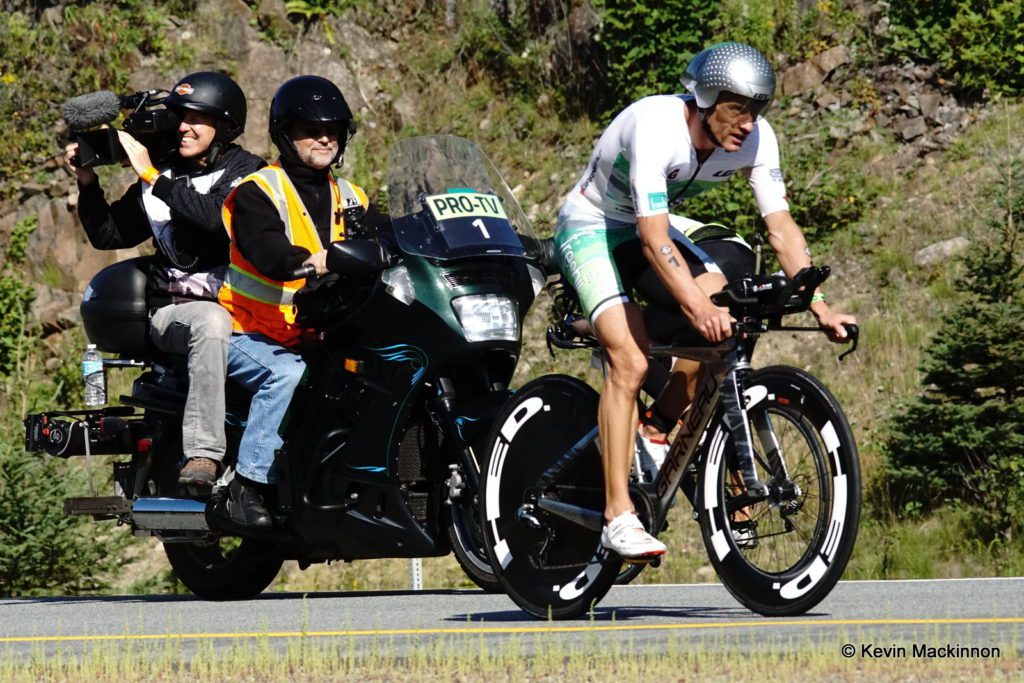
Related: Is lighter faster? Is lighter healthier?
One of the issues with this diet is the type of fat you eat. Even though there are many healthy sources of fat like nuts and avocados, people who follow an LCHF diet can consume lots of unhealthy fats such as butter and bacon (saturated fats). Consuming too much of these fats are a cardiovascular health risk. Nutrition experts recommend limiting your consumption of saturated fat to less than 10 % of your total daily caloric intake.
Becoming a better fat adapted athlete
The good news is that following an LCHF diet is not the only way to become a better “fat burning” athlete. In addition to the type of food you eat, when you eat can affect your ability to burn fat. Also, the type of training you do has an impact on your fat burning ability.
Related: Fasted workouts are part of a periodized nutritional approach
1) “Get fit”
Many studies have shown that better-trained individuals have greater maximal fat oxidation (MFO). One study that compared trained women with untrained women showed that trained women were able to burn more fat at the same intensity.
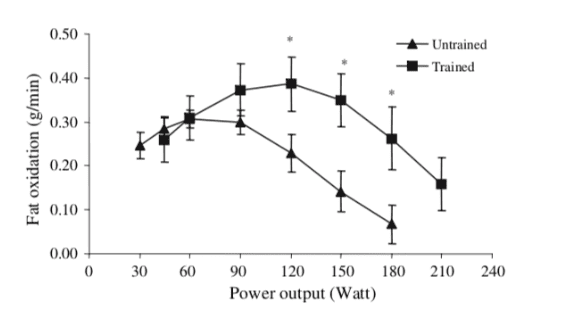
When you exercise, many physiological adaptations occur – both visually and at the cellular level. These changes include an increase in the number of fatty acid transporters, enzymes and mitochondria, all of which improve fat oxidation and muscles glucose uptake.
2) Low-intensity workout
If you’re interested in becoming a better fat adapted athlete, you’re likely training for a long endurance event like a marathon or an Ironman. That means that you are regularly doing long training sessions at low intensity. These training sessions are essential to becoming a better fat adapted athlete. If you are only doing high-intensity workouts such as CrossFit, it’s really difficult for your body to become more fat adapted since you are doing high-intensity workouts that require you to burn carbohydrates and not fat.

In a recent podcast (Life in the peloton with Mitch Docker), Australian professional cyclist Adam Hansen discusses how he uses his long easy rides to train his body to burn fat more efficiently. He doesn’t eat breakfast and rides in a fasted state for hours. The key is to maintain a constant power output (in his case, 220 watts) and not to push more watts when going up hills or after stopping at a light. Each time you go over your fat burning zone, your body starts using carbohydrates as fuel.
3) Training in a fasted state
If you want to train your body to burn fat, it’s better to do your long aerobic training in a fasted state and fuel properly before high-intensity workouts.
If you’re not used to training in a fasted state, you can start the ride and then start eating after 1-2 hours. As you become more fat adapted, you’ll be able to last longer without having to eat.
If you find it difficult to train in a fasted state, there are still some benefits to training when your glycogen stores are low. For example, if after doing a strenuous workout you had a light meal without a lot of carbohydrates, your glycogen stores will not be full. The next day you could do a long (easy) workout without too much food intake. You can then have a good meal for dinner to replenish your glycogen stores and do a high-intensity workout in the afternoon. This is known as, “Sleep Low-Train Low-Train high.”
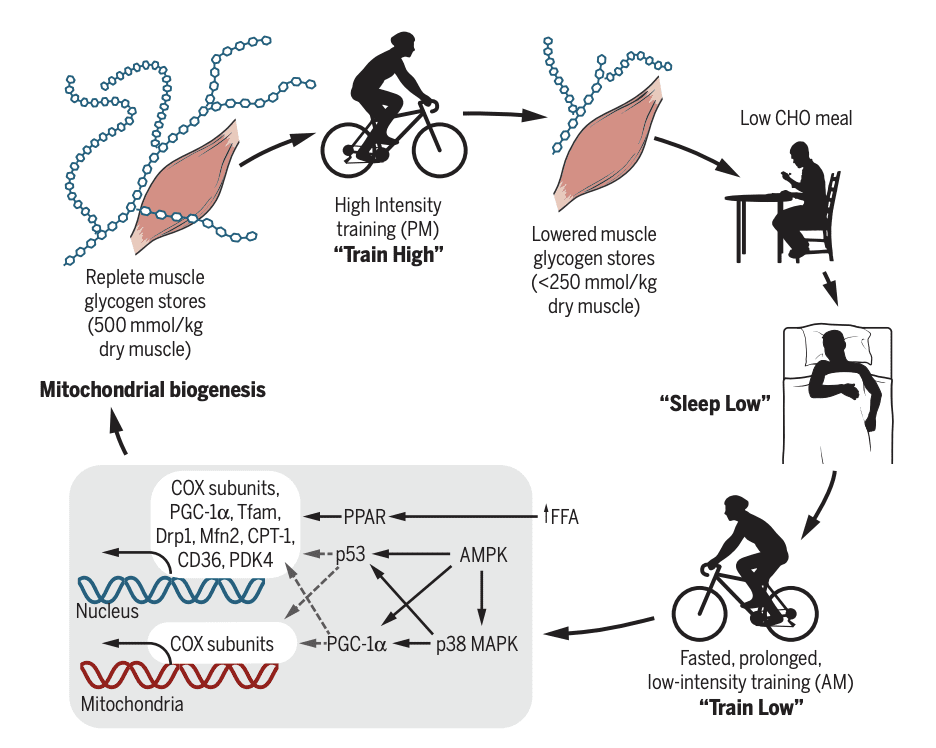
The issue with people who follow an LCHF diet is that they are always in a “low” state. This is great to teach your body to burn fat, but not great to do high-intensity workouts. It’s important not to limit your carbohydrate intake too much because it can affect your recovery and sleep.
Maximizing your body’s ability to oxidize fat can help you become a better endurance athlete. To do so, you have to teach your body to burn fat instead of carbohydrates. That means doing long and slow workouts while including some fasted sessions. As Mark Allen puts it, “It means swimming, cycling and running with the ego checked at the door.”
